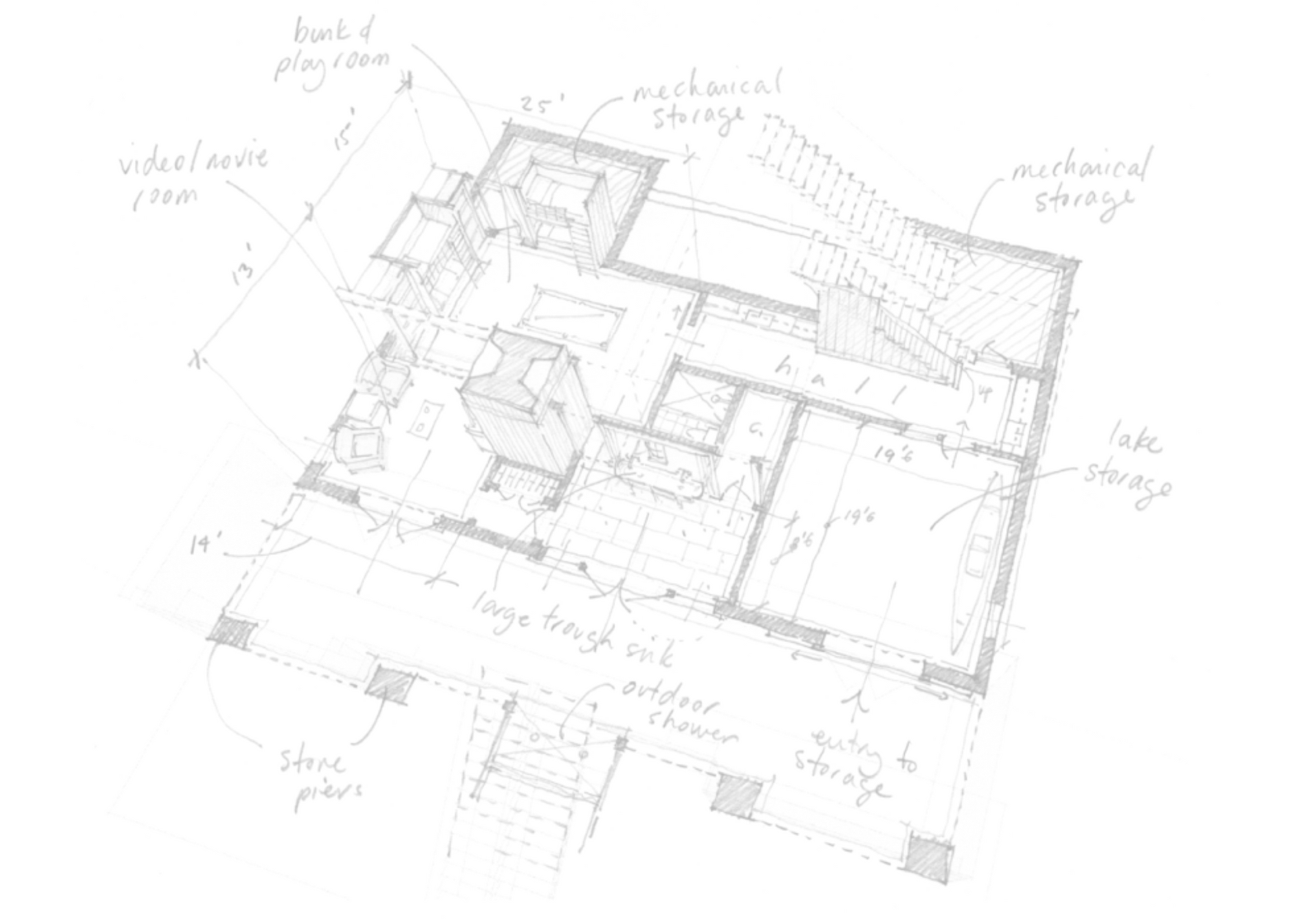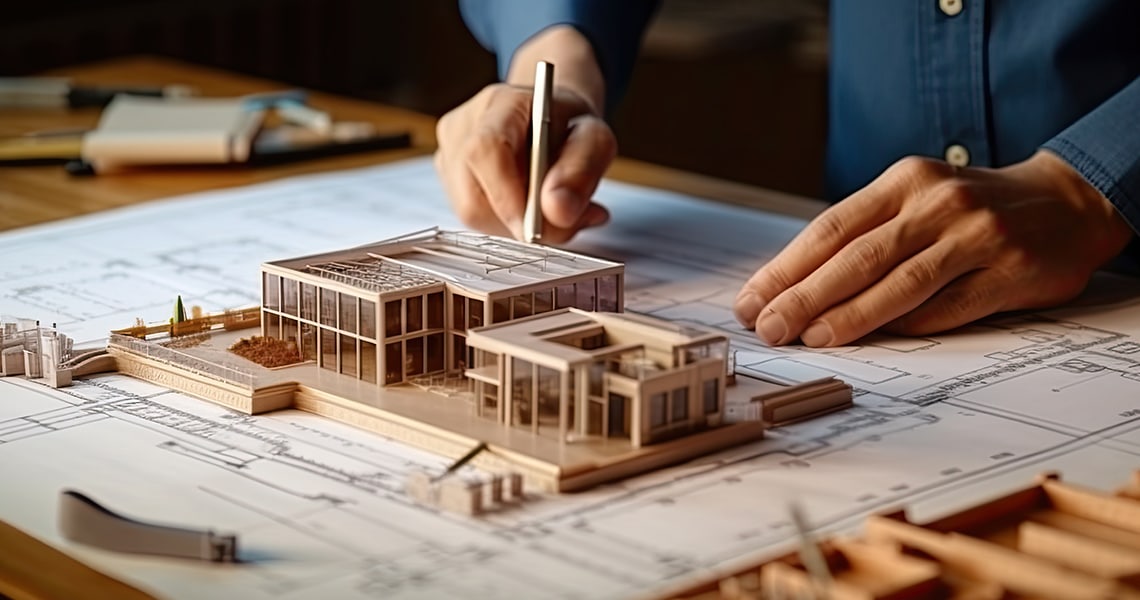Raise Your Structure Design with the Proficiency of CDA Architects
Raise Your Structure Design with the Proficiency of CDA Architects
Blog Article
A Comprehensive Introduction of Architectural Designs and Their Influence on Modern City Planning and Development
Architectural designs have long served as a mirror to the social worths and technical improvements of their time, playing a crucial function fit modern-day city planning and growth. From the grandeur of Neoclassicism to the practical strategy of Brutalism, each design has actually presented special concepts that affect city aesthetics and performance. As modern difficulties emerge, consisting of sustainability and area needs, comprehending these historical frameworks becomes necessary. The resulting discussion not just notifies future layout practices but also raises important concerns about the balance in between heritage and technology in our advancing metropolitan landscapes.
Historic Review of Building Styles
Throughout history, building designs have evolved in action to social, technological, and environmental variables. Each period shows the dominating worths, ideas, and innovations of its time, bring about an abundant tapestry of design that signifies human imagination and adjustment. The old civilizations, such as the Egyptians and Greeks, established fundamental designs that emphasized balance and percentage, offering both functional and aesthetic functions.
As cultures transitioned via the Center Ages, Gothic style emerged, identified by its verticality and detailed outlining, matching the spiritual goals of the age. The Renaissance noted a rebirth of classical ideals, combining art and architecture in cutting-edge manner ins which influenced subsequent designs throughout Europe.
The Industrial Revolution introduced new products and building strategies, motivating motions like Modernism, which tested conventional kinds and welcomed simpleness and capability. The 20th century saw a diversification of designs, with Postmodernism reacting against the raw minimalism of its predecessor, including historical recommendations and diverse components.
Today, architectural designs remain to advance, driven by globalization and sustainability worries, reflecting a dynamic interaction between heritage and development. This historical overview underscores the value of style as a mirror of social development and as a catalyst for city growth.
Trick Architectural Styles Explained
The variety of building designs mirrors the myriad influences that shape our constructed environment, each symbolizing unique features and cultural importances. Key architectural designs include Classical, Gothic, Baroque, Modernism, and Postmodernism, each representing one-of-a-kind historic contexts and visual viewpoints.
Classic style, rooted in old Greece and Rome, stresses proportion, proportion, and making use of columns. On the other hand, Gothic style, thriving between Ages, is identified by sharp arches, ribbed safes, and flying buttresses, producing a heavenly high quality in sanctuaries. Baroque style, emerging in the 17th century, is marked by majesty, elaborate embellishment, and a vibrant interplay of light and darkness.

Understanding these designs provides insight into the cultural narratives and technical developments of their respective eras, highlighting just how architecture offers not simply as a sanctuary, however as a representation of social worths and aspirations.
Influence On Urban Preparation
In forming the advancement of cities, architectural styles substantially affect city preparation choices. The option of building style frequently dictates the appearances, performance, and overall character of urban settings.
In addition, architectural designs can influence zoning policies and land utilize plans. Urban coordinators must consider the prevailing building trends when designing areas, ensuring that brand-new advancements integrate with existing frameworks. This factor to consider promotes natural urban landscapes and boosts community identification.
The implementation of details architectural designs can likewise affect socioeconomic variables within a city. As an example, premium modern layouts may draw in upscale citizens and companies, resulting in gentrification, while more cost effective real estate solutions could prioritize functional and lasting styles to fit diverse populations. Inevitably, the interaction in between building designs and city planning develops vibrant cities that reflect both historical context and modern requirements, forming the lived experiences of their occupants.
Sustainability and Modern Design
Building styles play a pivotal function in attending to contemporary obstacles, specifically in the realm of sustainability. As city areas increase and environmental issues intensify, modern design significantly embraces lasting style concepts that focus on power efficiency, source preservation, and minimal my explanation eco-friendly effect.
Contemporary architectural movements, such as biophilic style and environment-friendly architecture, supporter for frameworks that balance with their environments, using all-natural products and promoting biodiversity - cda architects. These designs usually integrate renewable resource sources, such as photovoltaic panels and wind generators, to lower dependence on fossil fuels and reduced carbon footprints
Furthermore, the integration of advanced modern technologies, such as clever building systems, boosts energy monitoring, optimizing resource usage while ensuring owner comfort. Ingenious water monitoring approaches, including rainwater harvesting and greywater recycling, more add to lasting urban environments.
Notably, sustainability expands beyond ecological concerns; it encompasses social and economic dimensions too. By promoting neighborhood well-being and promoting inclusivity, contemporary architectural styles straighten with lasting development objectives. Subsequently, the advancement of building techniques continues to shape durable cities that not just fulfill the needs of today however also guard the future for generations ahead.
Community Interaction in Design
Area involvement in design offers as an essential try this out bridge in between engineers and the populaces they offer, guaranteeing that the developed setting reflects the requirements and desires of its individuals. This collaborative procedure welcomes area members to add their insights and preferences, fostering a sense of possession and responsibility towards the spaces they populate.
Efficient community engagement uses various techniques, such as workshops, studies, and public forums, to collect diverse viewpoints (cda architects). These methods assist in a two-way dialogue, enabling engineers to recognize local contexts while empowering homeowners to articulate their problems and desires. This inclusivity not just boosts the style high quality yet likewise advertises social equity by addressing the special obstacles dealt with by marginalized teams

Verdict
Building styles have greatly affected modern-day city preparation and growth, mirroring developing social and technical contexts. As cities continue to expand and adjust, the continuous dialogue between building heritage and modern layout concepts will certainly remain crucial in producing comprehensive, vibrant areas that boost high quality of life and promote social equity.
Report this page